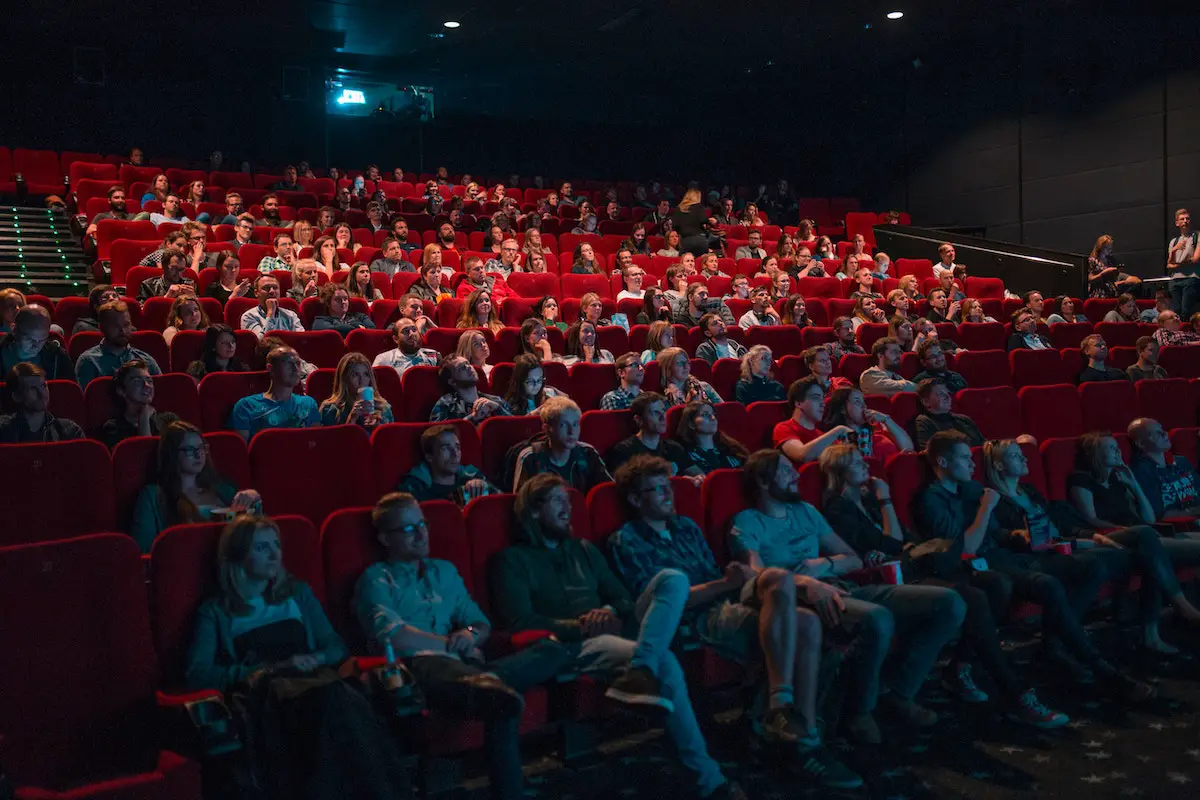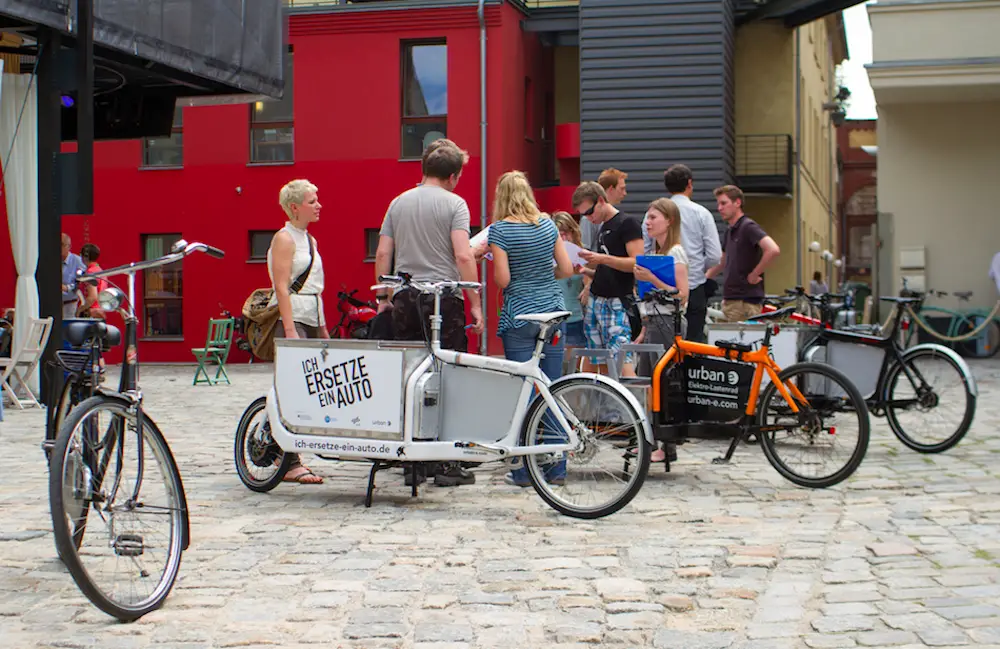Local Initiatives for Urban Transformation: Istanbul’s 3Blocks1Block Project
Istanbul’s Metropolitan Area is comprised of 39 districts, each of which could be individually comparable to European cities in terms of size. As with many other cities, Istanbul’s districts could benefit from a more flexible and participatory approach to planning, one which transcends traditional planning perspectives and considers dynamic urban processes.
A risky urban pattern has been created in all our cities due to parcel-based high density urban development. Through both planned and unplanned development operations, “urban regeneration” is used for a wide variety of applications, bringing about discussions regarding aesthetics, participation, equality and trust.
It has therefore become necessary to establish new approaches, develop new models, and redesign living areas through strategic urban design. Instead of a formulaic approach, a flexible strategy which turns dynamic urban process into an opportunity is needed. That’s where the 3Blocks1Block concept comes in.

A new approach to construction is being developed in Istanbul based on the voluntary merging of city blocks. In the 3blocks1block regeneration model, development bonuses encourage three formerly separate building blocks to be merged into one, enabling better design opportunities, a greater capacity for green areas, and space for public buildings, parking lots and wide roads.
Risky buildings would be demolished and new buildings constructed in their place thanks to the public sector-provided development bonus. The size of the bonus would vary, increasing depending on how many blocks choose to be involved (capped at three), with the purpose being the creation of new public areas and provision of financial support for the demolishment and reconstruction of buildings with various urban risks.

New urban patterns and forms could be developed through the merging of urban blocks, and strategies should be designed for the creation of sustainable living environments. In the short term, a neighbourhood-scale ‘local framework’ would need to be created in order to mitigate road, parking and public area risks at urban scale and to create evacuation corridors and gathering areas in case of emergency. For medium term challenges, ‘neighbourhood renewal action plans’ that encourage the social and economic development of local people should be prepared.
The existing urban forms of cities influence strategically significant decisions such as those regarding transportation, height, and density. For longer-term considerations, ‘district development action plans’ would need to be prepared, designating areas for new investment, as well as covering issues relating to density and height.
For Istanbul, or any other city, to deploy the 3Blocks1Block model, these ten fundamental principles would need to be followed:
- Urban Strategy Framework: Within the perspective of a new urban vision, frameworks should be formulated to define proposals, strategic priorities and requirements for the development of the urban form.
- Strategic Design Management: Strategy and design components are critical for managing the process of creating difference, awareness and added value for the resolution of existing problems during the process of redesigning of living areas.
- (Re) Gridding: Any intervention should be considered as a ‘re-gridding’ work regardless of whether the proposed building typologies are harmonious with or radically different from the existing building typologies.
- Height and Perception Strategies: The existing urban building block morphology and building typology is comprised of parcel-based, 5-6 storey buildings. Even if a new environment and typology are generated in the designs, the existing building heights should be taken into consideration given that the regeneration process will take a long time.
- Coherence of Density and Typologies: The criteria for designing high-density buildings pursuant to increased development rights should be defined. Design principles should be formulated for diluting the perception of high-density and the answers to the questions below should be sought.
- Obtaining Public Spaces: Increasing the size of public spaces for educational, health, cultural and social uses that are the indicators of increased quality of life.
- Usage Capacity of Development Bonus: The high building density in some of the sample project areas presents a design challenge for the capacity of development bonuses.
- Financing: When urban development dynamics are well formulated, self-funding projects can be developed and new financing tools can be generated with the use of cross-financing method to provide inter-project funding.
- Local Organization and Negotiation: The formation of local committees should be supported for developing the organizational potential of local residents.
- Regulations: The background should be prepared for new regulations by taking into consideration the proposals and challenges arising from the 3blocks1block applications.
As with the second step of the 3blocks1block program, we have been working with designers to bring attention to the new neighbourhood pattern we’re proposing. In Istanbul’s Metropolitan Area, a new approach is necessary for restructuring spatial, social and economic values, and we’ll be presenting our work to date on the 17th of September for open discussion with the public.
Sila Akalp is Strategic Design Manager and Faruk Goksu is Negotiation Manager at Kentsel Strateji in Istanbul
Photo: Greenwich Photography


